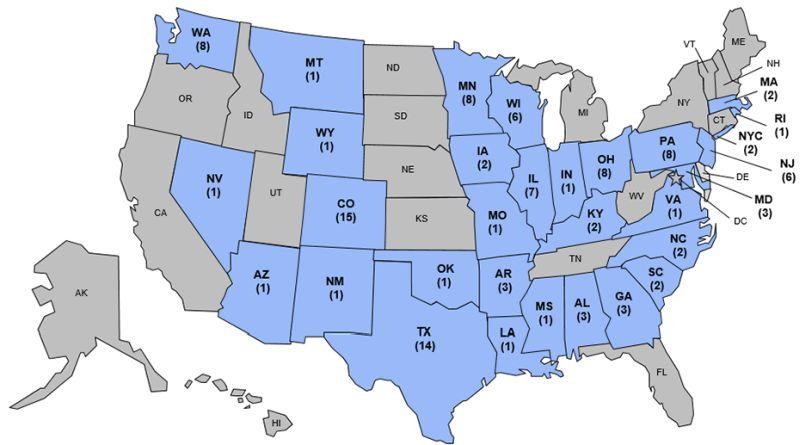The number of children who have contracted the rare, polio-like illness acute flaccid myelitis (AFM) has risen to 116, said the U.S. Centers for Disease Control and Prevention (CDC).
Cases of AFM in the year 2018 have been found in 31 states as of Nov. 26, the CDC said, and it noted that more than 90 percent of patients affected are children. Patients typically had mild respiratory illness before developing the disease.





